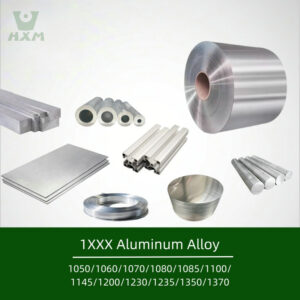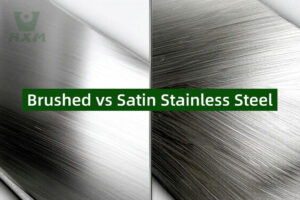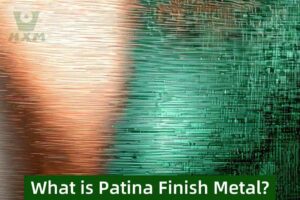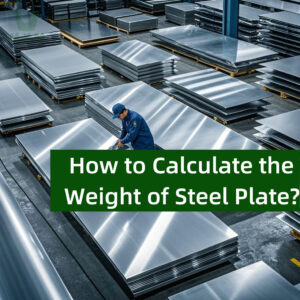What is IF steel?
- July 18, 2024
- 12:38 am
- 2118
“IF steel” stands for Interstitial Free steel. This type of steel is characterized by very low levels of carbon and nitrogen, which are intentionally kept at minimal concentrations.
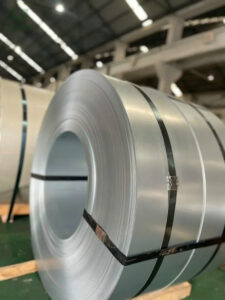
Key Composition and Processing of IF steel
- Low Carbon and Nitrogen Content: A hallmark of IF steel is its very low carbon and nitrogen levels. By adding stabilizing elements like titanium or niobium, these elements form stable compounds with carbon and nitrogen, preventing them from freely moving within the lattice, thereby influencing the material’s properties.
- Clean Microstructure: Due to the low levels of carbon and nitrogen, IF steel possesses a very clean microstructure, which helps improve the surface quality and overall mechanical properties of the finished product.
Physical and Mechanical Properties of IF steel
- Excellent Ductility: The exceptionally low carbon and nitrogen content provides IF steel with superior ductility, making it especially suitable for applications requiring deep drawing.
- High Surface Quality: The clean microstructure ensures a smooth and defect-free surface after processing, which is particularly important for applications requiring painting or coatings.
- Good Weldability: The low carbon content reduces the risk of cracking during welding, giving IF steel good weldability.
Characteristics
IF steel can be produced by secondary refining, vacuum degassing, etc. This steel is particularly suitable for the production of stamped products.
Common Grades of IF Steel and Their Compositions
DC04 (EN 10130)
- Carbon (C): ≤ 0.08%
- Manganese (Mn): ≤ 0.40%
- Phosphorus (P): ≤ 0.030%
- Sulfur (S): ≤ 0.030%
- Iron (Fe): Balance
- Titanium (Ti): Approximately 0.15% or more, used to stabilize carbon and nitrogen
DC05 (EN 10130)
- Carbon (C): ≤ 0.06%
- Manganese (Mn): ≤ 0.35%
- Phosphorus (P): ≤ 0.025%
- Sulfur (S): ≤ 0.025%
- Iron (Fe): Balance
- Titanium (Ti): Approximately 0.15% or more
DC06 (EN 10130)
- Carbon (C): ≤ 0.02%
- Manganese (Mn): ≤ 0.25%
- Phosphorus (P): ≤ 0.020%
- Sulfur (S): ≤ 0.020%
- Iron (Fe): Balance
- Titanium (Ti): Approximately 0.20% or more
DC07 (EN 10130)
- Carbon (C): ≤ 0.01%
- Manganese (Mn): ≤ 0.20%
- Phosphorus (P): ≤ 0.020%
- Sulfur (S): ≤ 0.020%
- Iron (Fe): Balance
- Titanium (Ti): Approximately 0.20% or more
These IF steel grades are typically used in manufacturing automotive parts, appliance casings, and other applications where good formability and surface quality are required. By reducing the content of carbon and nitrogen and adding titanium or niobium, these steels exhibit significantly enhanced cold forming capabilities while maintaining good mechanical strength and weldability.
How does IF Steel differ from other steels?
1. Low Interstitial Atom Content
- Key Feature: IF steel derives its name from being “interstitial free,” meaning that it contains almost no interstitial atoms, primarily carbon and nitrogen. This is achieved by adding stabilizing elements such as titanium (Ti) or niobium (Nb) to the steel, which effectively form stable compounds with carbon and nitrogen, thus reducing their free presence in the iron matrix.
- Result: The extremely low carbon and nitrogen content provides better ductility and excellent cold forming performance.
2. Production Process
- Steel Smelting: The production of IF steel involves special smelting techniques to ensure that the content of carbon and nitrogen is kept at very low levels. This typically requires highly controlled atmospheres during the smelting process to prevent the absorption of carbon and nitrogen.
- Continuous Casting and Rolling: Similar to other steels, IF steel undergoes continuous casting and rolling processes, but special care is taken throughout to prevent any factors that might lead to carbon and nitrogen contamination.
3. Mechanical Properties
- Ductility: Due to the low interstitial atom content, IF steel exhibits very good ductility, making it less prone to cracking during forming processes, particularly in deep drawing operations.
- Weldability: The low carbon content also enhances the weldability of IF steel, reducing the risk of cracking during welding.
4. Application Areas
- Widespread Use: Due to its excellent surface quality and formability, IF steel is extensively used in the automotive industry, especially in producing car exteriors and other components that require high-quality cold forming. It is also suitable for manufacturing various household appliances and other coated metal products.
5. Cost and Availability
- Cost Factors: The use of special materials (like titanium, niobium) and technologies in the production process can make IF steel more expensive than common carbon steel.
- Market Availability: Despite the higher cost, IF steel remains highly available in the market due to its superior performance in demand-intensive applications.
In summary, IF steel is distinguished from other steel types mainly by its extremely low interstitial atom content and the associated superior physical properties, making it highly sought after in applications requiring high-quality forming and excellent surface treatments.
Significance
IF steel is one of the highest specifications of the automotive steel plate series, which is used in a large number of car manufacturing, and is an important symbol to measure the level of automotive steel production of steel companies.
If you found this article good, feel free to share it on your other social media platforms.

